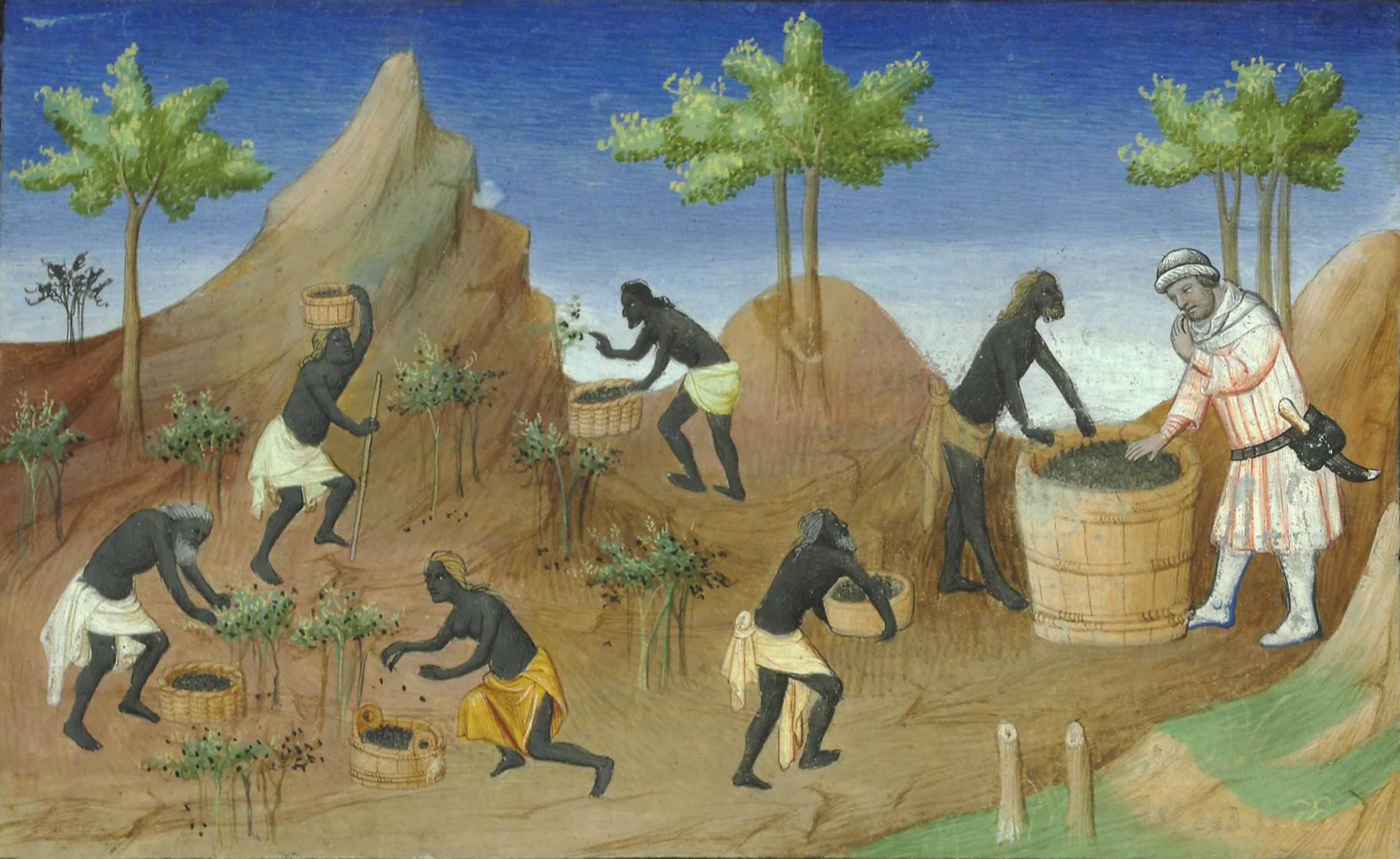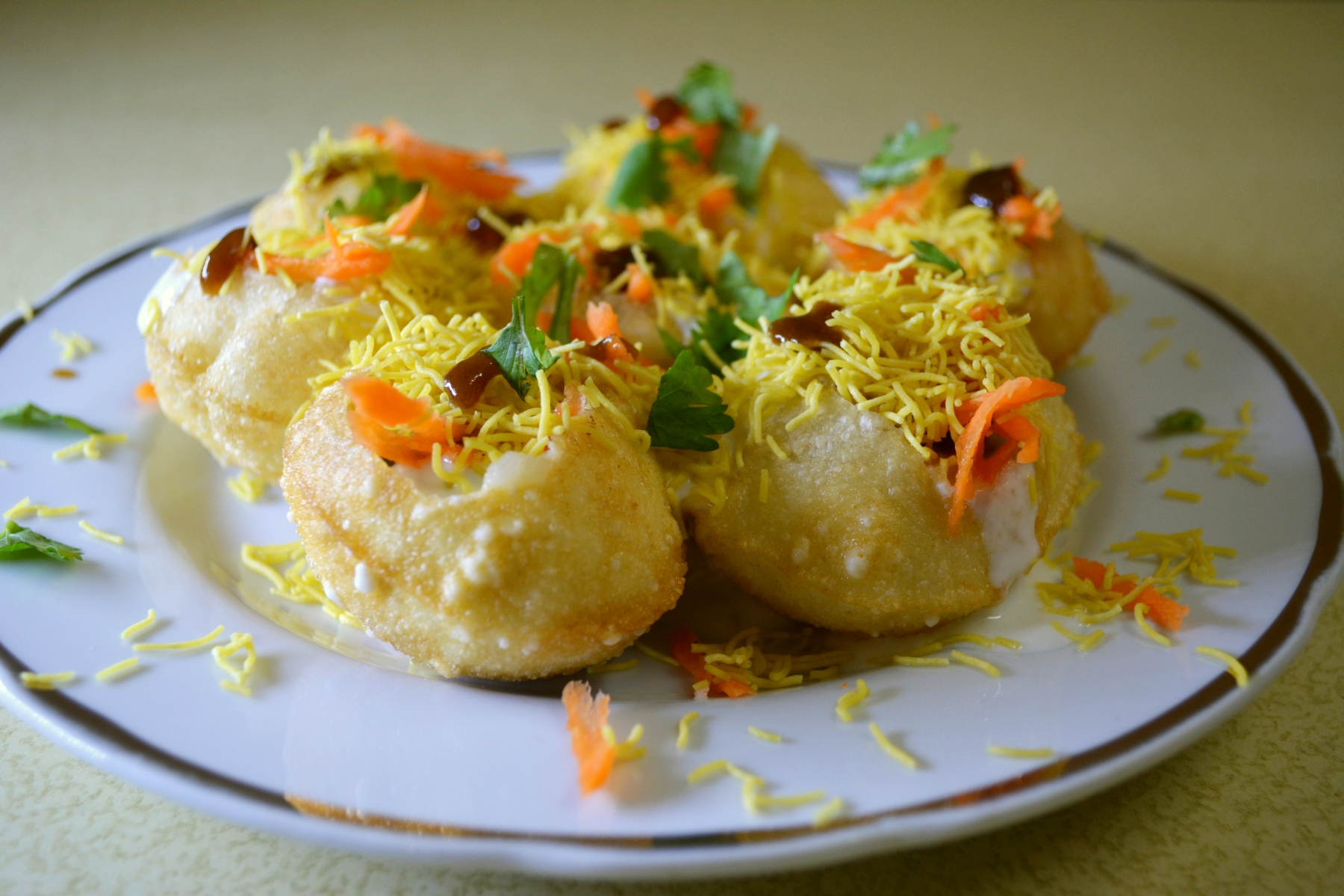|
Dahi Machha
Dahi machha is a traditional Odia delicacy made of fish in a spicy yogurt based sauce. It is eaten usually served with rice as an accompaniment. Dahi Machha Jhola is liberally seasoned with turmeric, onions, garlic, mustard and garam masala. The use of turmeric imparts a yellow colour to the sauce base. Before being served, chopped fresh cilantro may be sprinkled on top for added flavour as well as enhanced appearance. The kinds of fish that typically used in Oriya households are ilish (called ''ilisi''), rohu (called ''rohi''), and catla (called ''bhakura''). Apart from these, there are some very famous small sized fish that are normally favoured over others. Ingredients Fish, dahi, potatoes, mustard, turmeric, garlic, chilli peppers, other seasonings. See also * Machher jhol * Chingudi jhola * Chhencheda * Odia cuisine Odia cuisine is the cuisine of the Indian state of Odisha. Compared to other regional Indian cuisines, Odia cuisine uses less oil and is less spicy whi ... [...More Info...] [...Related Items...] OR: [Wikipedia] [Google] [Baidu] |
Odisha
Odisha (English: , ), formerly Orissa ( the official name until 2011), is an Indian state located in Eastern India. It is the 8th largest state by area, and the 11th largest by population. The state has the third largest population of Scheduled Tribes in India. It neighbours the states of Jharkhand and West Bengal to the north, Chhattisgarh to the west, and Andhra Pradesh to the south. Odisha has a coastline of along the Bay of Bengal in Indian Ocean. The region is also known as Utkala and is also mentioned in India's national anthem, " Jana Gana Mana". The language of Odisha is Odia, which is one of the Classical Languages of India. The ancient kingdom of Kalinga, which was invaded by the Mauryan Emperor Ashoka (which was again won back from them by King Kharavela) in 261 BCE resulting in the Kalinga War, coincides with the borders of modern-day Odisha. The modern boundaries of Odisha were demarcated by the British Indian government when Orissa Province was es ... [...More Info...] [...Related Items...] OR: [Wikipedia] [Google] [Baidu] |
Fish
Fish are aquatic, craniate, gill-bearing animals that lack limbs with digits. Included in this definition are the living hagfish, lampreys, and cartilaginous and bony fish as well as various extinct related groups. Approximately 95% of living fish species are ray-finned fish, belonging to the class Actinopterygii, with around 99% of those being teleosts. The earliest organisms that can be classified as fish were soft-bodied chordates that first appeared during the Cambrian period. Although they lacked a true spine, they possessed notochords which allowed them to be more agile than their invertebrate counterparts. Fish would continue to evolve through the Paleozoic era, diversifying into a wide variety of forms. Many fish of the Paleozoic developed external armor that protected them from predators. The first fish with jaws appeared in the Silurian period, after which many (such as sharks) became formidable marine predators rather than just the prey of arthrop ... [...More Info...] [...Related Items...] OR: [Wikipedia] [Google] [Baidu] |
Dahi (curd)
Curd, also dahi, is a traditional yogurt or fermented milk product, originating from the Indian subcontinent, usually prepared from cow's milk, and sometimes buffalo milk, or goat milk. It is popular throughout the Indian subcontinent. The word ''curd'' is used in Indian English to refer to (naturally probiotic) homemade yogurt, while the term ''yogurt'' refers to the pasteurized commercial variety known as ''heat treated fermented milk''.Codex Alimentarius Yogurt rules FAO Preparation Curd is made by bacterial fermentatio ...[...More Info...] [...Related Items...] OR: [Wikipedia] [Google] [Baidu] |
Spice
A spice is a seed, fruit, root, bark, or other plant substance primarily used for flavoring or coloring food. Spices are distinguished from herbs, which are the leaves, flowers, or stems of plants used for flavoring or as a garnish. Spices are sometimes used in medicine, religious rituals, cosmetics or perfume production. For example, vanilla is commonly used as an ingredient in fragrance manufacturing. A spice may be available in several forms: fresh, whole dried, or pre-ground dried. Generally, spices are dried. Spices may be ground into a powder for convenience. A whole dried spice has the longest shelf life, so it can be purchased and stored in larger amounts, making it cheaper on a per-serving basis. A fresh spice, such as ginger, is usually more flavorful than its dried form, but fresh spices are more expensive and have a much shorter shelf life. Some spices are not always available either fresh or whole, for example turmeric, and often must be purchased in ground f ... [...More Info...] [...Related Items...] OR: [Wikipedia] [Google] [Baidu] |
Odia Cuisine
Odia cuisine is the cuisine of the Indian state of Odisha. Compared to other regional Indian cuisines, Odia cuisine uses less oil and is less spicy while nonetheless remaining flavourful. Rice is the staple food of this region. Mustard oil is used in some dishes as the cooking medium, but ghee (made of cow's milk) is preferred in temples. In old times food was traditionally served on copper plates or disposable plates made of sal leaves. Odia cooks, particularly from the Puri region, were much sought after due to their ability to cook food in accordance with Hindu scriptures. During the 19th century, many Odia cooks were employed in Bengal and they took many Odia dishes with them. Yoghurt is used in dishes. Many sweets of the region are based on ''chhena'' (cheese). Ingredients and seasoning Rice is a major crop of Odisha along with wheat. Lentils such as pigeon peas and moong beans are another major ingredients. Indigenous vegetables used in Odia cuisine are pumpkin, gourd ... [...More Info...] [...Related Items...] OR: [Wikipedia] [Google] [Baidu] |
Garam Masala
Garam masala Hindustani / (''garm masala'', "hot spices")] is a Spice mix, blend of ground spices originating from India. It is common in Indian, Pakistani, Nepalese, Bangladeshi, Sri Lankan and Caribbean cuisines. It is used alone or with other seasonings. Ingredients The composition of garam masala differs regionally, with many recipes across the Indian subcontinent according to regional and personal taste, and none is considered more authentic than another. The components of the mix are roasted, then ground together or added to the dish for flavour just before finishing cooking. A typical Indian version of garam masala contains (with Hindi/Urdu names in parenthesis): * Fennel (''saunf'') * Bay leaves (''tej patta'') * Black and white peppercorns (''kali/safed mirch'') * Cloves (''laung'') * Cinnamon or cassia bark (''dālacini'') * Mace (outer covering of nutmeg) (''javitri)'' * Black and green cardamom pods (''ilaici'') * Cumin (''jīra'') * Coriander seeds (''dha ... [...More Info...] [...Related Items...] OR: [Wikipedia] [Google] [Baidu] |
Ilish
The ilish (''Tenualosa ilisha'') ( bn, ইলিশ, translit=iliś; also known as the ilishi, hilsa, hilsa herring or hilsa shad, is a species of fish related to the herring, in the family Clupeidae. It is a very popular and sought-after food fish in the Indian Subcontinent, and is the national fish of Bangladesh and the state fish of West Bengal. The most famous hilsha fish comes from Chandpur, Bangladesh. The fish contributes about 12% of the total fish production and about 1.15% of GDP in Bangladesh. On 6 August 2017, Department of Patents, Designs and Trademarks under the Ministry of Industries of Bangladesh has declared the recognition of ilish as the product of Bangladesh. As of 2021, 86% of the world's total ilish supply originates in Bangladesh which applied for Geographical indication (GI) in 2004. About 450,000 people are directly involved in the catching of the fish as a large part of their livelihood; around four to five million people are indirectly involved with ... [...More Info...] [...Related Items...] OR: [Wikipedia] [Google] [Baidu] |
Rohu
The rohu, rui, ruhi or roho labeo (''Labeo rohita'') is a species of fish of the carp family, found in rivers in South Asia. It is a large omnivore and extensively used in aquaculture. Description The rohu is a large, silver-colored fish of typical cyprinid shape, with a conspicuously arched head. Adults can reach a maximum weight of and maximum length of , but average around . Distribution and habitat The rohu occurs in rivers throughout much of northern and central and eastern India, Pakistan, Vietnam, Bangladesh, Nepal and Myanmar, and has been introduced into some of the rivers of Peninsular India and Sri Lanka. Ecology The species is an omnivore with specific food preferences at different life stages. During the early stages of its lifecycle, it eats mainly zooplankton, but as it grows, it eats more and more phytoplankton, and as a juvenile or adult is a herbivorous column feeder, eating mainly phytoplankton and submerged vegetation. It has modified, thin hair-like ... [...More Info...] [...Related Items...] OR: [Wikipedia] [Google] [Baidu] |
Catla
Catla (''Labeo catla''), ( bn, কাতলা, translit=kātlā) also known as the major South Asian carp, is an economically important South Asian freshwater fish in the carp family Cyprinidae. It is native to rivers and lakes in northern India, Bangladesh, Myanmar, Nepal, and Pakistan, but has also been introduced elsewhere in South Asia and is commonly farmed. In Nepal and neighbouring regions of India, up to Odisha, it is called Bhakura. Catla is a fish with large and broad head, a large protruding lower jaw, and upturned mouth. It has large, greyish scales on its dorsal side and whitish on its belly. It reaches up to in length and in weight. Catla is a surface and midwater feeder. Adults feed on zooplankton using large gill rakers, but young ones on both zooplankton and phytoplankton. Catla attains sexual maturity at an average age of two years and an average weight of 2 kg. Taxonomy The catla was formerly listed as the only species in the genus ''Catla'', but t ... [...More Info...] [...Related Items...] OR: [Wikipedia] [Google] [Baidu] |
Dahi (curd)
Curd, also dahi, is a traditional yogurt or fermented milk product, originating from the Indian subcontinent, usually prepared from cow's milk, and sometimes buffalo milk, or goat milk. It is popular throughout the Indian subcontinent. The word ''curd'' is used in Indian English to refer to (naturally probiotic) homemade yogurt, while the term ''yogurt'' refers to the pasteurized commercial variety known as ''heat treated fermented milk''.Codex Alimentarius Yogurt rules FAO Preparation Curd is made by bacterial fermentatio ...[...More Info...] [...Related Items...] OR: [Wikipedia] [Google] [Baidu] |







